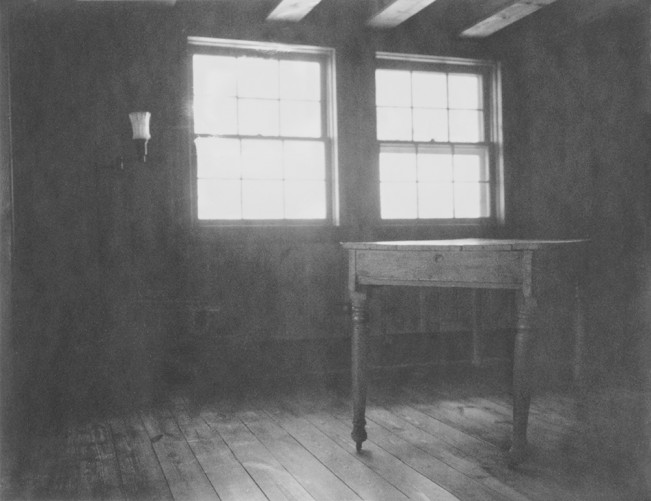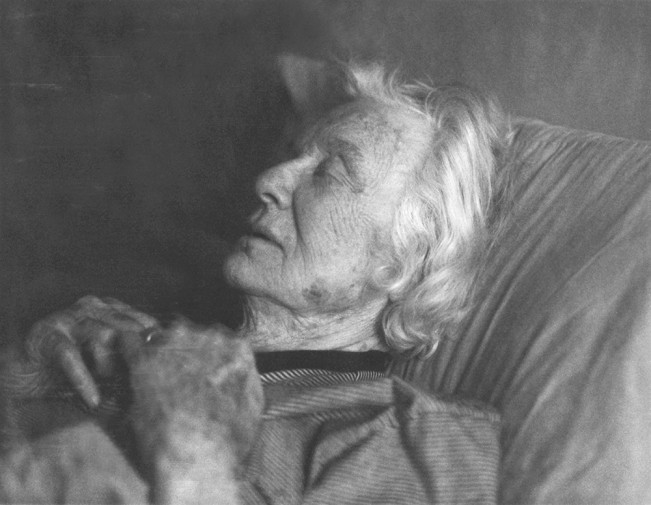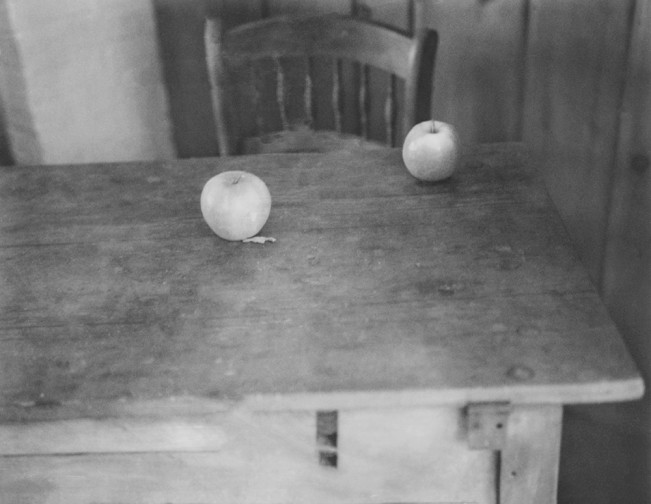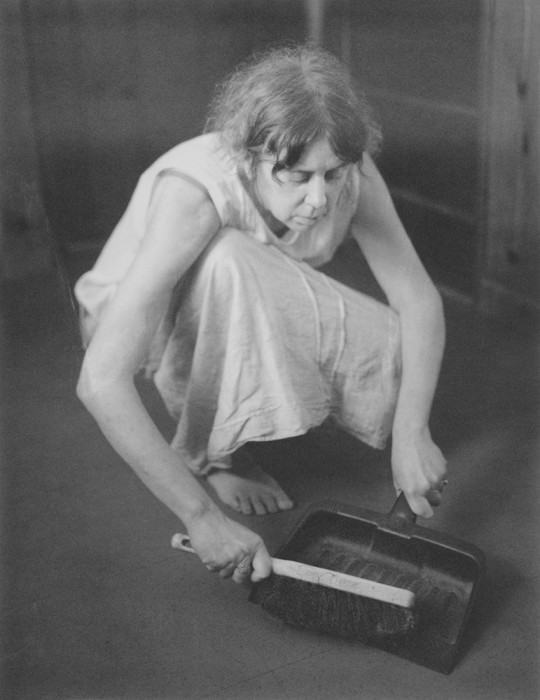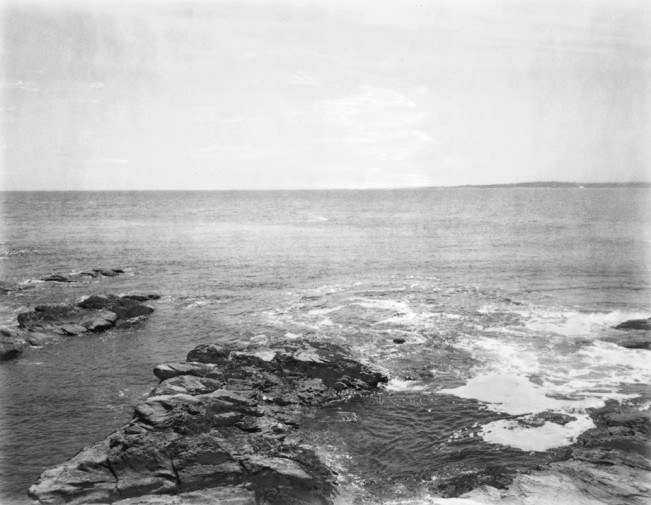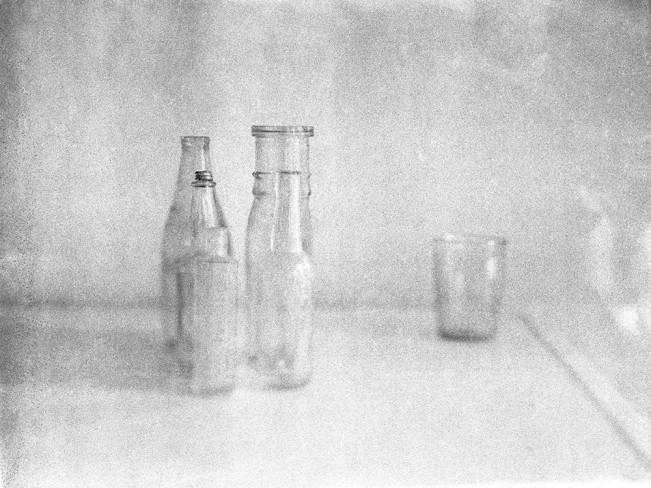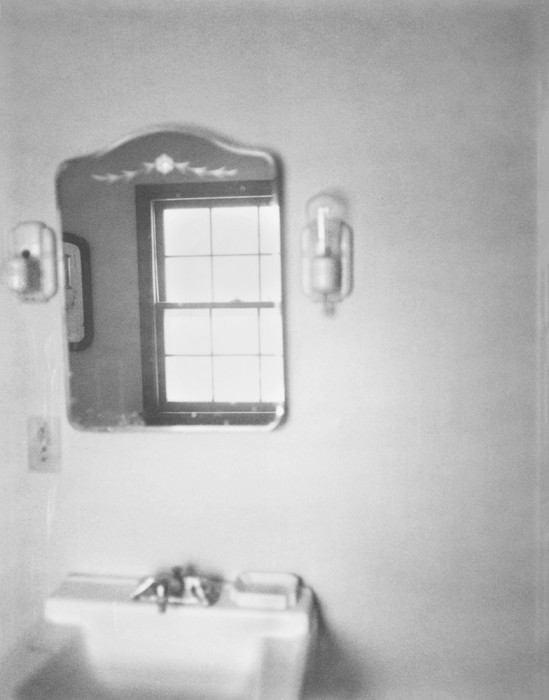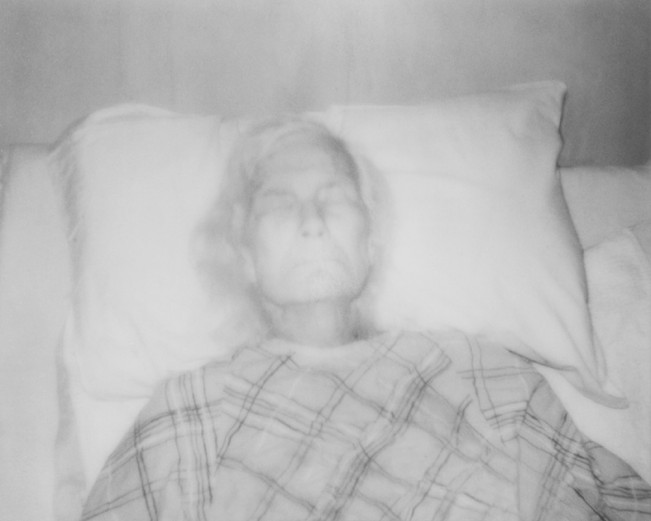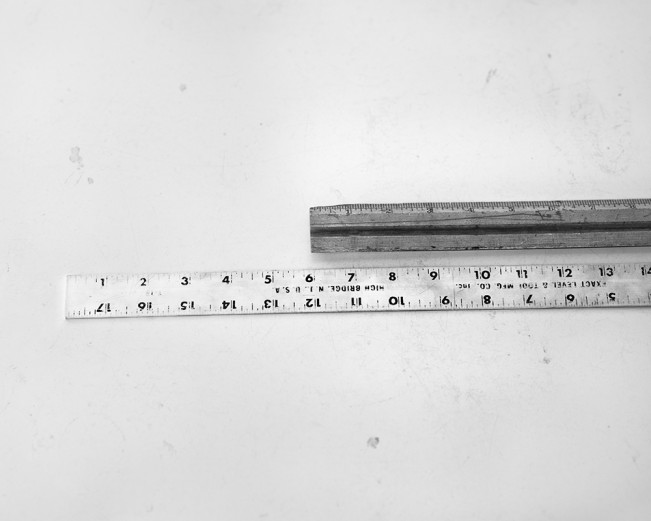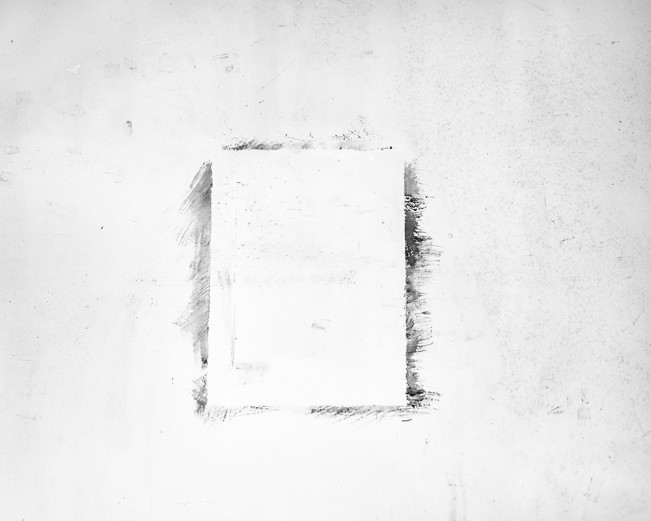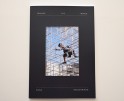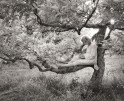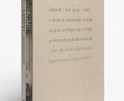Ruth Lauer Manenti: I Imagined It Empty
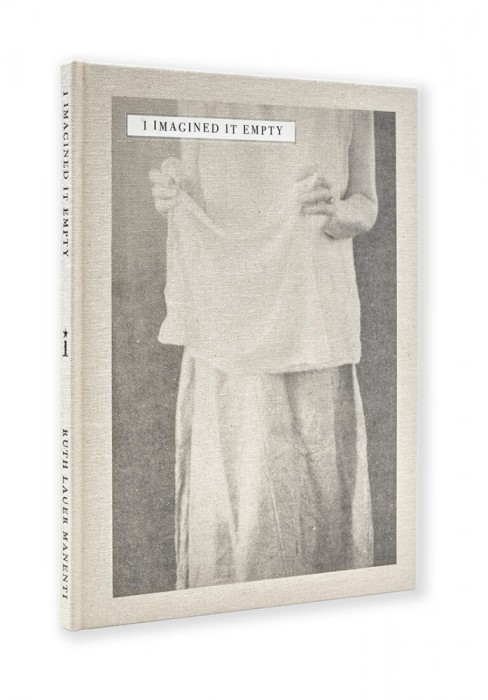
© Ruth Lauer Manenti, I Imagined It Empty co-published by RM Editions; PHREE; & Ediciones Posibles, 2024
Ruth Lauer Manenti’s prize winning work, I Imagined It Empty, recently co-published by PHREE, Ediciones Posibles, and RM Editorial, is a meditation on what we often hold close in life. The photographs offer a view of the artist’s muses, her mother and her house, and depending on one’s reading of the work, you can be carried to the edge toward heartbreak, or, you can find yourself in an introspective state, wandering around the halls of the places that you once called home yourself.
This book stirs up feelings that make me wish to revisit The Poetics of Space by Gaston Bachelard, first published in 1957, to recall the language that signifies the importance of the memory of the house, and how the house lives on as a vertiginous memory long after it’s gone. Bachelerad writes: “Sometimes the house of the future is better built, lighter and larger than all the houses of the past, so that the image of the dream house is opposed to that of the childhood home. Late in life, with indomitable courage, we continue to say that we are going to do what we have not yet done: we are going to build a house. This dream house may be merely a dream of ownership, the embodiment of everything that is considered convenient, comfortable, healthy, sound, desirable, by other people. It must therefore satisfy both pride and reason, two irreconcilable terms.”
“I imagined It Empty was inspired by several pictures the author had taken of her mother in 2017, briefly before she passed away. ‘My mother rarely let me photograph her except in the last week of her life when she changed her mind. Each day as she approached her death, she became more beautiful.’
The book is a silent and moving contemplation of life beyond life and the desire to find solace and presence within the walls of the place that we choose to call home. The loss of dear ones is reflected in the sense of belonging to a place, a house full of history, which also carries on the life of others. ‘I know that I will not live in this house forever. The house will hopefully outlive me, but I wonder if a part of me will outlive the house.’
I Imagined It Empty is the winner of the 3rd edition of the Star Photobook Dummy Award organised by Photographic Social Vision Foundation to honor the legacy of Inés Casals, talented photobook designer and art director who prematurely passed away in 2020.”
I recently had the pleasure and privilege to ask Ruth some questions about I Imagined it Empty. What follows is our correspondence about the book and the process of its making.
Sara J. Winston: When you began making the photographs that would become, I Imagined It Empty, what were you curious to discover?
Ruth Lauer Manenti: Funnily enough, when I first began making the photographs that later became, I Imagined It Empty I don’t think curiosity was a strong feeling. It came later when I was considering the actual book form. I was curious how the size of the book, size of the images, order of the pictures, double spreads or not, text or not- all those formal choices, would affect or contribute to the overall impact of the work. On the other hand, if I really think about it, I guess I’m always curious to see how I can photograph my surroundings. For example, if a bowl breaks, or a towel is left hanging to dry, or an unusual number of mushrooms popped up overnight on the field- I’ll want to see it through the camera. Almost never do I feel that what is around me is not enough to work with.
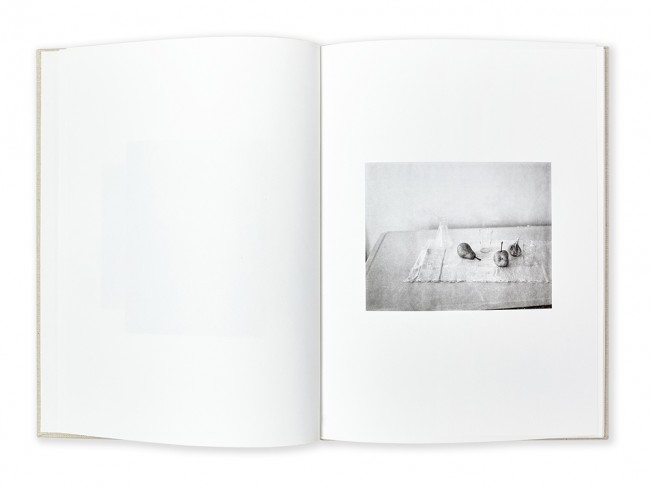
© Ruth Lauer Manenti, I Imagined It Empty co-published by RM Editorial; PHREE; & Ediciones Posibles, 2024
SJW: Did that curiosity evolve over the years?
RLM: Probably- when I was a child, and I wanted to play my mother would give me a pair of socks and some coins and say “go play”- and I would. She objected to all the toys that are bought for children. When I was 20, I broke my neck in a car crash and spent almost a year confined to bed. Luckily, I was in a room with 2 big windows. The sunlight reflected itself in the forms of the windows on the opposite wall. I remember watching those floating rectangles move across the wall and feeling a contentment. When my husband complains that there is nothing in the fridge, I always find something I can make a meal from. That said, I guess it’s been my nature for a long time to be curious of how to work with what is there.
SJW: At what point did self portraiture become a part of your practice?
RLM: Honestly it started during Covid. We were in a heavy lockdown because my husband is a nurse, and he was working with Covid patients. Therefore, we kept mostly to ourselves. I had been used to traveling and having more of a social life. When that came to a stop, I was spending days on end by myself. I remembered that somewhere in my studio I had a cable release and to my amazement I found it easily. As time passed, I liked seeing myself somewhat in character, as if it was me but it wasn’t me at the same time. It had an element of dance and play that I enjoyed. These days I still photograph myself, but the pictures have more to do with body language and the way, probably both hereditary and through example, that I see my father and his history in my posture.
SJW: Would you share a little bit about your editing criteria for the book? Was there a meditative or rhythmic approach to the sequencing process?
RLM: Well, I have to say I had an enormous amount of help from Jenia Fridlyand. She was like “Try it this way…. Try it that way…. What if you did this?” I tried everything she suggested. I think it’s helpful to let a select group of others in on the editing process. She came up with ideas I never would of, that in the end were perfect. Besides having someone like that to advise you, the more variations one tries, inevitably the more time one spends circling with the work. That actual time is crucial as well. I think if you put a lot of time into the work, the work will tell you what to do. I know it sounds cliché but for myself I can’t get to things straight away. I need to mull them over and not just in my mind but also physically with an actual object in my hands to deal with.
SJW: How did you know that this work was complete and ready to be considered for the book form? Did you always have the book in mind?
RLM: I had a feeling about it being complete, like an intuition. I generally lean towards a less is more approach so I guess, getting back to the first question about curiosity- I often wonder how little I can get away with. I kind of search for a cutoff point as to where more pictures could become excess, even if only by one. At the same time too little is not enough- so it’s a balance. In heinsite there were a few more pictures I think could have gone into the book and it would have been less spare, but that’s OK too.
SJW: Now that it’s out in the world, does the book surprise you? Do you find that I Imagined It Empty became what you intended, or something different?
RLM: At the beginning I was surprised that my original book dummy won the Star Photobook Dummy Award. I got a call from Arianna Rinaldo in Spain via WhatsApp just around the time when the final results were supposed to be announced. I saw a European number light up on my phone and I thought people probably don’t call you to tell you your work has not been selected for this year’s prize. I was really surprised! After that I’ve been surprised by how caring everyone having to do with the publication has been, and how in service to my vision. I was not “on press” as the book was printed in Italy and some of my friends were telling me that when the artist is not there to oversee everything it can go badly. I had faith in the people from the Photographic Foundation for Social Vision in Barcelona but at the same time I couldn’t help but worry. The end result took me by surprise by its beauty, economy, and poetry. The designer Ramon Pez made some slight edits that were profound. His minimal changes had a maximal result. Now I’m surprised by the warm reception of it. I get emails from people thanking me for having made this book.
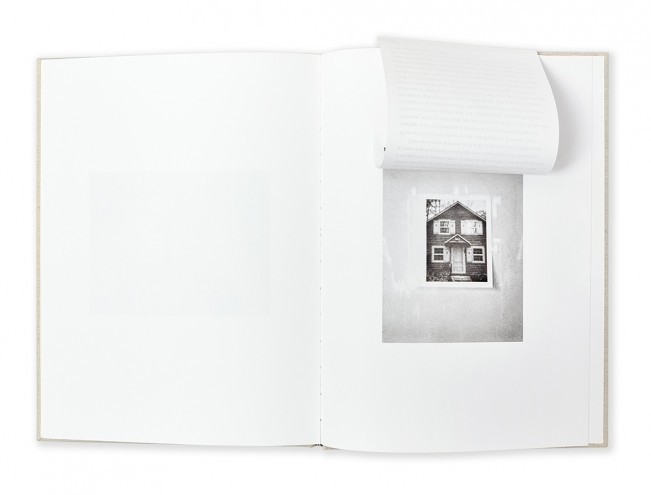
© Ruth Lauer Manenti, I Imagined It Empty co-published by RM Editorial; PHREE; & Ediciones Posibles, 2024
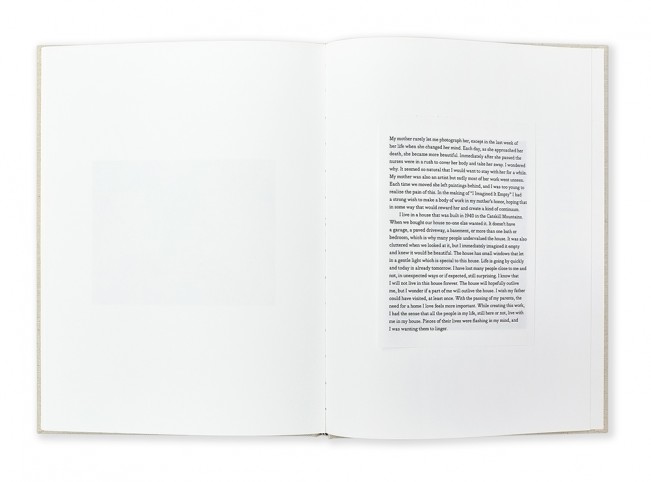
© Ruth Lauer Manenti, I Imagined It Empty co-published by RM Editorial; PHREE; & Ediciones Posibles, 2024
SJW: What are you currently working on, and what is on the horizon for you as an artist?
RLM: I am currently working towards my final session as a grad student in photography at the University at Hartford. This involves an exhibit, a book (4 Sides of The Table) and a thesis paper. The new work is a continuation of the previous work but it’s less grounded in story and more abstract. My background is in painting and my work as a painter leaned away from the narrative. When I first switched to photography 10 years ago, I felt a necessity for a story as a starting point. I no longer feel that way. I never know exactly what’s next but probably and hopefully hard work and friendship.
Ruth Lauer Manenti received an MFA from The Yale School of Art in painting and drawing in 1994. In 2012, she was given a large format camera and taught herself how to use it. Gradually she accomplished what she was striving for in drawing and painting through photography. Her mother was also an artist who left behind a legacy of unknown work. Part of Ruth’s determination as an artist is to reward her mother for her efforts and to create a continuum. Ruth is currently working towards an MFA in photography at Hartford University where she received a merit scholarship towards her studies. Her father found beauty in a hole in his shirt; in the way that it spoke of impermanence and fragility. Her mother was grateful that there was a tree she could admire from the kitchen window while washing dishes. Her parents endured a lot of suffering yet lived with poetic sensibilities that Ruth has inherited from them. Since breaking her neck in a car crash at the age of twenty, Ruth has developed a spiritual life and practice that has propelled much of her photographic work. She lives in the Catskill Mountains in NY with her husband, a nurse and tai chi practitioner and their 2 cats.
Ediciones Posibles for sensitive souls, a publishing project created in Barcelona by “Los Llovbet”.
RM Editorial is an independent, prestigious publisher focusing primarily on photography and contemporary art, while also maintaining a curated catalogue of Latin American literary classics.
Star Photobook Dummy Award is an annual award for photobook dummies, created in 2021 in honor to the loving creativity of graphic designer Inés Casals.
Sara J. Winston is an artist and contributor to Lenscratch.
Follow Ruth Lauer Manenti and Sara J. Winston on Instagram:
@lauermanenti // @sarajwinston
Posts on Lenscratch may not be reproduced without the permission of the Lenscratch staff and the photographer.
Recommended
-
Kinga Owczennikow: Framing the WorldDecember 7th, 2025
-
Richard Renaldi: Billions ServedDecember 6th, 2025
-
Ellen Harasimowicz and Linda Hoffman: In the OrchardDecember 5th, 2025
-
Linda Foard Roberts: LamentNovember 25th, 2025
-
Jackie Mulder: Thought TrailsNovember 18th, 2025

